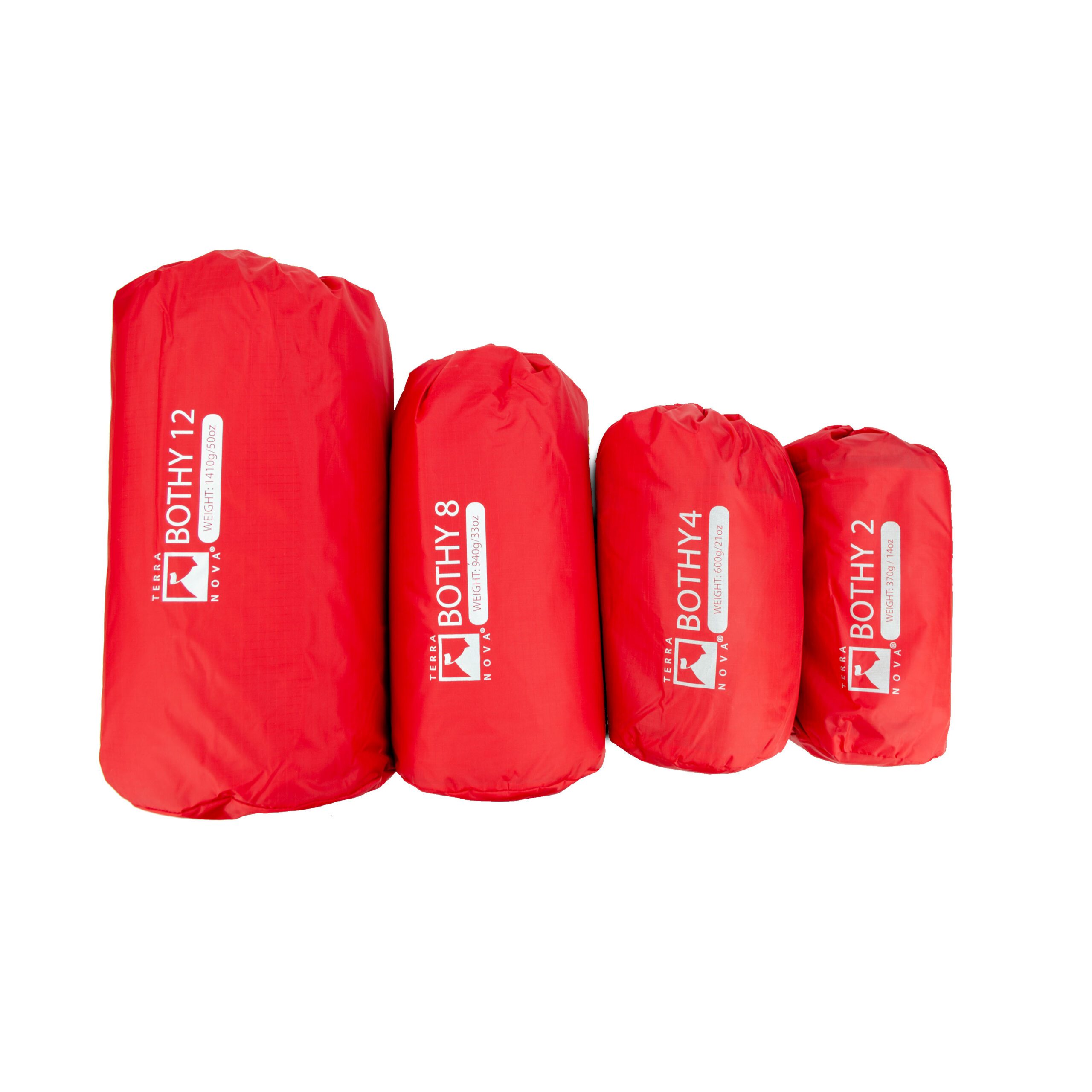- Messages
- 9,767
- Name
- wayne clarke
- Edit My Images
- Yes
Dare I suggest a torch and space blanket> I know it's not really photography kit, but if you get caught after dark or you get stuck somewhere they could be a big help.
Monochrome was invented for a reason.
Dare I suggest a torch and space blanket> I know it's not really photography kit, but if you get caught after dark or you get stuck somewhere they could be a big help.

I would not call myself a lancscape phototographer but this really makes sense to me Seem's I read this years ago somewhere. The few landscapes I have done have been with small f stops.Landscapes need good depth of field - and small apertures increase the depth of field.
Makes sense - right?
I went through a phase where if the lens allowed big f-numbers, then I used them!
FYI - Something like f40 is available on the 75-300.
Wrong....
In those days I was shooting film and didn't really notice the problem till it was too late.
I had a shot published in the local paper even though it was soft printed at 6x4.
I blamed the budget lenses I was using at the time and never really looked into it; I had no idea how much I still had to learn!
In short - diffraction killed the sharpness.
For landscapes on a cropped sensor, you are best keeping below f16.
When I did film Iloved shooting water falls. Took a bit but I finally figured To use a slower shutter speed to blur the water. Never though about a wider aperature! Use to fast a shutter and stop the water and it just don't look right!Before someone else says it
There's nothing wrong with using extreme apertures, but it should be a creative decision.
For example, if you want a bit of blur in moving water and you can't get the shutter speed slow enough, then changing from f8 to f22 (or beyond) is fine - but you need to be aware of the compromise in image quality to get the shot.
And - if you are including subjects near the camera and still want the horizon sharp then you are going to need a big aperture; either recompose or you have to live with compromising image quality!
It's really irritating to capture a cracking landscape and when you get home spot the foreground is distractingly out of focus. There are some tricks you can use, like hyperfocal distance, focus stacking and tilt-shift lenses, but that's pretty advanced stuff. For now, the best option is to keep upping the f-stop and review the image to when the near and far subjects become acceptably sharp.
Note that I'm using the words 'acceptably sharp'.
You don't need to aim for images that look sharp when zoomed to 100%, if you are only aiming to print to A3 then you can get away with a surprising amount of softness.
This is the bit where there's no substitute for experience and experimentation.
3 ways to work water, fast shutter speed to freeze it, 1/2 - 1 second to show movement but still retain a level of detail or long exposure to give that white milky affectWhen I did film Iloved shooting water falls. Took a bit but I finally figured To use a slower shutter speed to blur the water. Never though about a wider aperature! Use to fast a shutter and stop the water and it just don't look right!
Not sure if it's been mentioned, but isn't there something about turning vibration reduction off when shooting landscapes with a tripod?
